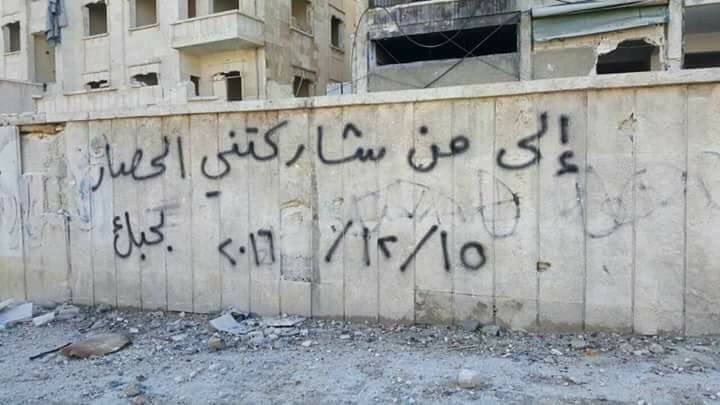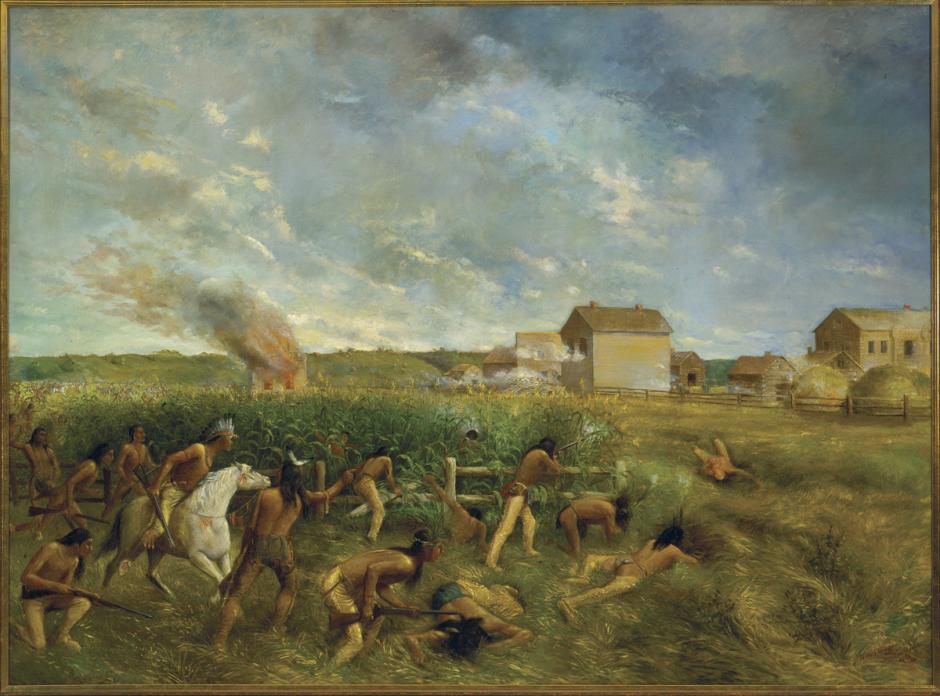The Center has been busily promoting the work of Professor David Feinberg, who has retired from the Department of Art after an illustrious 50-year career. A retrospective of Feinberg’s work is currently on display at the Katherine E. Nash Gallery on the UMN West Bank Campus.
The works on display serve as important reminders, best summed up in Feinberg’s own words:
“All art comes from the unconscious. The unconscious makes connections between the past and the present. Truth has to be found, not contrived or preconceived. Seeking truth is the way to originality. The only true thing a person has is their unique perception of the world.”
The exhibition, Divide Up Those in Darkness from the Ones Who Walk in Light, consists of two collections: Voice to Vision and a collection of Feinberg’s earlier works. Upon walking into the gallery, one first sees several of these early pieces on display, encouraging visitors to immediately engage with an overarching theme of the retrospective: the role of art for the individual—not only to shape public consciousness but also larger arcs of history. Subjects of these early pieces include partisans active during World War II, the 1956 explosion at the Brooklyn piers, the wreck of the Edmund Fitzgerald, and the “Day the Music Died” to name a few.

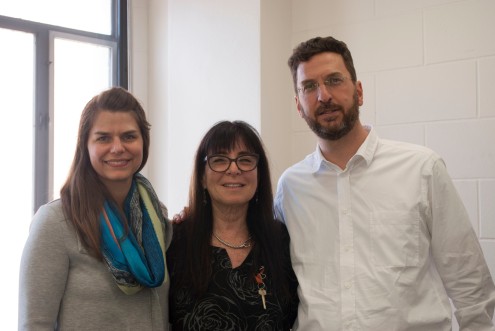
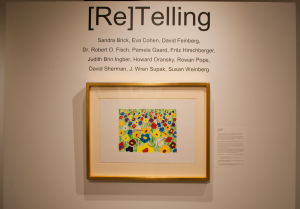
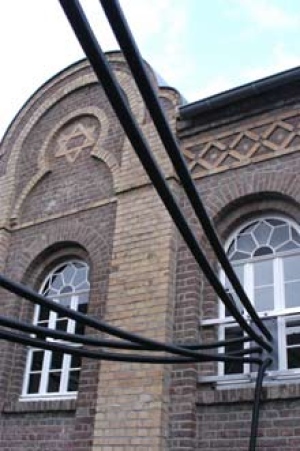 In March 2006, performance artist Santiago Serra constructed a homemade gas chamber inside a former synagogue in the Cologne area and invited Germans to be symbolically gassed. Exhaust pipes from six cars were hooked to the building, which was then filled with deadly carbon monoxide and visitors entered the space wearing protective masks. What was the artist’s intention? Serra said his aim was to give people a sense of the Holocaust. The Jewish community was furious. It was considered a provocation at the expense of Holocaust victims, an insult to survivors and the whole community. “What’s artistic about attaching poisonous car exhaust into a former synagogue?” said writer and Holocaust survivor Ralph Giordano (1923-2014), “and who gave permission for this?”
In March 2006, performance artist Santiago Serra constructed a homemade gas chamber inside a former synagogue in the Cologne area and invited Germans to be symbolically gassed. Exhaust pipes from six cars were hooked to the building, which was then filled with deadly carbon monoxide and visitors entered the space wearing protective masks. What was the artist’s intention? Serra said his aim was to give people a sense of the Holocaust. The Jewish community was furious. It was considered a provocation at the expense of Holocaust victims, an insult to survivors and the whole community. “What’s artistic about attaching poisonous car exhaust into a former synagogue?” said writer and Holocaust survivor Ralph Giordano (1923-2014), “and who gave permission for this?”